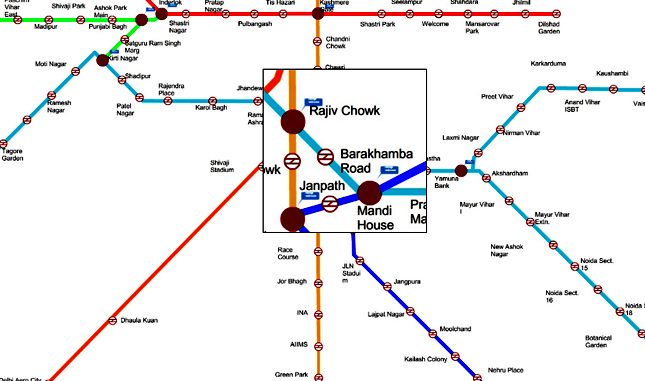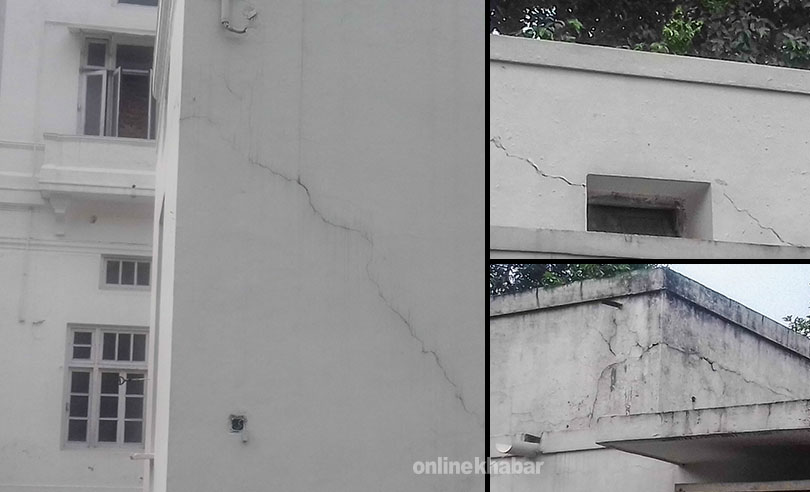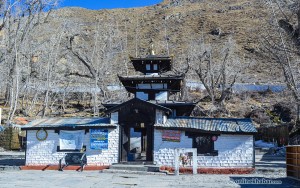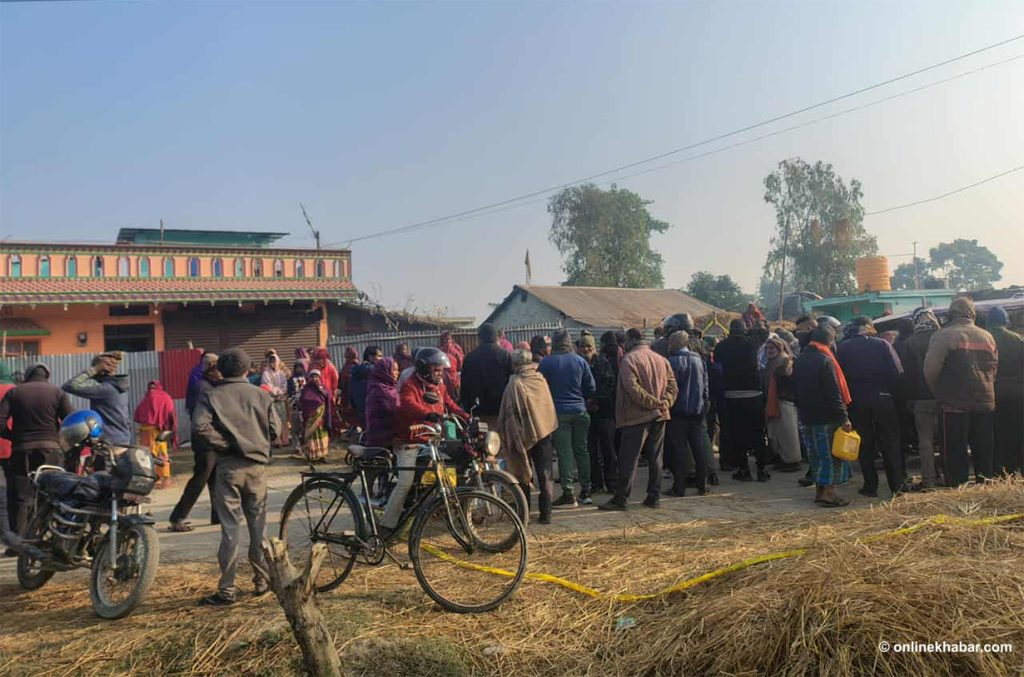A member of the Nepali foreign service, who was recently posted in New Delhi, remembers running outside from his office at Barakhamba Road, one of the Indian capital’s prime locations.
“The ground shook for a few seconds, and having experienced aftershocks from the 2015 earthquake all the time back home, I thought it was a quake. I ran outside to look for a safer place,” he remembers.
As he recounted his story, other members of the embassy staff grinned. “Well, I have become used to it now,” he said.
What he had experienced was not a natural quake, it was ‘man-made’. Right underneath the embassy runs the ‘Blue Line’ of the Delhi metro, and whenever a train passes through the area every few minutes, ‘mini quakes’ shake the whole building.

The earth underneath the embassy, including the building’s foundation, has been hollowed out. The mini quakes have damaged the building, and concerns are that the whole structure could collapse some day.
The embassy compound and the earth below it is a property of Nepal’s government, and the Indian government has no right to dig a tunnel through it, embassy staffers say. But it’s been five-six years since the tunnel was dug, and no one knows how the Indian government went about digging the tunnel.
The embassy staff realised that a tunnel had been dug under the building only after trains started running on the route.

“We once wrote to the Metro authorities demanding compensation for the damage our buildings sustained,” said an embassy staffer.
“They sent a technical team to assess the damage, but the team reported that there was no considerable damage, and there was no question of giving compensation of any kind,” he said.
No new structure now
When Dip Kumar Upadhyaya was appointed Nepal’s ambassador to the mission, which had remained without an ambassador for years, in 2014, he commissioned a master plan to rebuild parts of the embassy. “But the plan cannot be implemented as the earth underneath the compound has been hollowed out. No new structure can be built here now,” an embassy official told Onlinekhabar.
Nepal’s embassy in New Delhi houses around 50 staffers, including officers of the Ministry of Foreign Affairs, the Nepali Army, and Nepal Police.
‘Neglect first’ policy
The Indian government has always maintained that it has a ‘neighbourhood first’ policy when it comes to cooperation. But New Delhi seems to have taken its policy quite seriously, giving priority to neglecting the embassy of its immediate neighbour.
The Nepali mission is the only embassy in the Indian capital to be deprived of diplomatic privileges when it comes to issues related to land and property acquisition. Nepal’s repeated requests to acquire land near Chanakyapuri, where all other embassies are located, have been cold-shouldered.
“The Indian government has told us that if we want to move, we can move to a location outside of the core of New Delhi. They do not have a place for us in Chanakyapuri.”
Even more glaring example of this neglect is that inside the embassy compound is an ‘electricity office’, where staffers from the local power company come every day, without any restriction, to ‘turn on’ a ‘switch’.
New Delhi can harp all its wants about the roti-beti relations it has with Nepal, but its actions (and inactions) speak louder than words, and reflect the true nature of the bilateral ties.





















